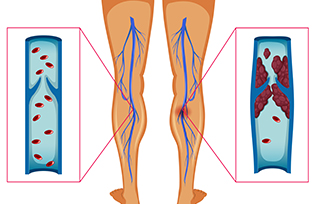
I.T.P
I.T.P is an immune disorder in which the blood doesn’t clot normally. This is a blood disorder characterized by a decrease in the number of platelets in the blood. This condition is now more commonly referred to as immune thrombocytopenia (ITP). ITP can cause excessive bruising and bleeding. An unusually low level of platelets, or thrombocytes, in the blood results in ITP. Platelets are produced in the bone marrow. They help stop bleeding by clumping together to form a clot that seals cut or small tears in blood vessel walls and tissues. If your blood doesn’t have enough platelets, it’s slow to clot. Internal bleeding or bleeding on or under the skin can result.
Symptoms
• bruising easily
• pinpoint-sized Petechiae, often on the lower legs
• spontaneous nosebleeds
• bleeding from the gums (for example, during dental work)
• blood in the urine
• blood in the stool
• internal bleeding
• abnormally heavy or long menstruation
• prolonged bleeding from cuts
• profuse bleeding during surgery
Normally, a person who appears to have been cured of ITP will experience a relapse, perhaps months or even years after the initial episode. If this happens the person will need repeat treatment. In most cases, the relapse seems to be triggered by a viral infection.
